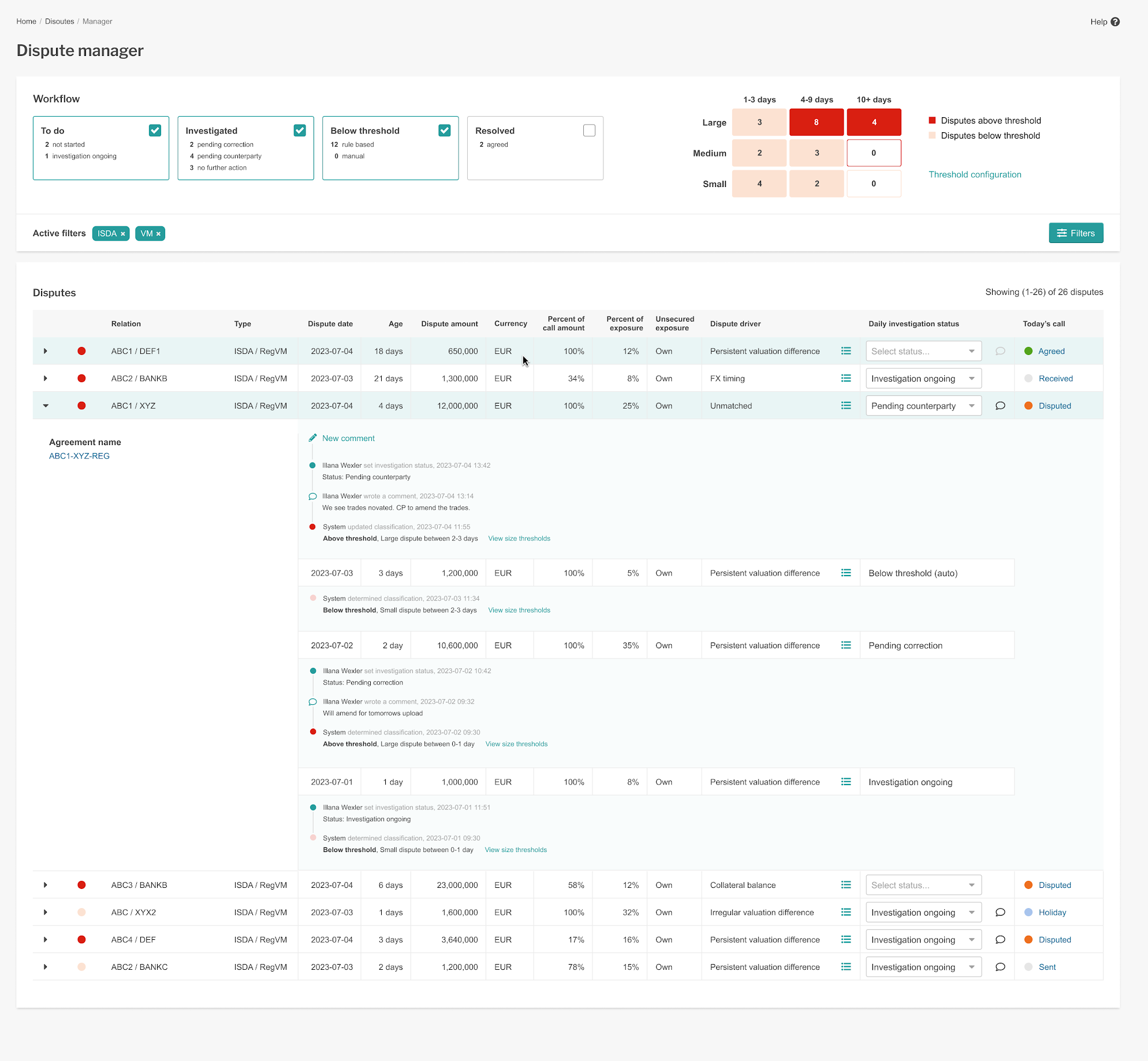XVA (X-Valuation Adjustments) have become an essential part of risk management in modern finance, reflecting the all-in cost of trading derivatives. Used by a range of institutions, from global and regional banks to asset managers and energy companies, XVA calculations are becoming increasingly important. However, challenges in their use remain, including inconsistent approaches, outdated technology, regulatory changes and the need for greater transparency.
What are the most pressing challenges facing the industry in managing XVA?
The industry faces two key challenges. Firstly, a lack of consistency in the approach to calculating XVA, including which XVA components to consider and when. This is particularly evident with the introduction of newer adjustments such as Margin Valuation Adjustment (MVA) and Capital Valuation adjustment (KVA), where treatment varies relative to the more widely agreed approach for Credit Valuation Adjustment (CVA), Debit Valuation Adjustment (DVA), and Funding Valuation Adjustment (FVA). However, with the regulatory-driven shift to greater levels of central clearing and the introduction of uncleared margin rules, the focus has moved on to MVA. Against this backdrop, we have been working with a wide range of clients to help them quantify margin cost from today until their portfolio maturity.
Secondly, many institutions are challenged by inadequate XVA infrastructure. Large banks often rely on in-house systems that struggle to handle the data volume and computational needs of an evolving XVA desk. Others struggle with expensive hardware and installed software that is costly and difficult to upgrade.
To what extent does the evolving regulatory landscape pose challenges for making definitive XVA decisions?
If you take margin and capital valuation adjustments, for example, projecting future margin and capital requirements is inherently challenging when regulatory changes and model revisions cannot be fully anticipated. However, it is important to recognise that a robust XVA system will have a wide range of calculation configurations which can be changed and clearly explained. For example, we often work with clients to understand the impact of changes such as the recalibration of the SIMM™ model on MVA calculations, or a model change from CEM to SA-CCR on KVA calculations.
How have recent regulatory changes impacted your clients’ XVA calculation needs?
The increasing focus on expected Initial Margin (IM) profiles and MVA has led to a number of our clients who manage Variation and Initial Margin via OSTTRA triResolve Margin, to use more sophisticated margin analytics. Forecasting IM accurately will involve computing SIMM™ sensitivities at future simulation dates. OSTTRA triCalculate effectively leverages our IM engine to perform precise and up-to-date SIMM™ computations within MVA/CVA calculations, ensuring a comprehensive and robust assessment of the implications of future IM in XVA.

What is the potential impact of cloud computing and web-based technologies on XVA calculation and data management?
Cloud computing and web-based technologies are poised to fundamentally transform XVA calculation and data management. By eliminating the need for expensive hardware and installed software, these technologies offer a more efficient and cost-effective approach. Cloud platforms centralise XVA data and calculations, fostering collaboration and transparency across an organisation – a critical advantage in today’s dynamic financial landscape.
Furthermore, cloud solutions provide the scalability and flexibility needed to adapt to evolving market conditions and regulations. With faster and easier implementation than traditional on-premises solutions, web-based systems offer a compelling path to optimisation for institutions seeking to enhance their XVA processes.
OSTTRA’s XVA service operates in our on-premise private cloud and we have invested in high performance GPU-focused servers. We are constantly evaluating the benefits of remaining in our private cloud versus moving to the public cloud.
How can OSTTRA help?
Our priority is high-speed, accurate calculations, enabling financial institutions to process previously unachievable daily risk calculations. Our web-based approach provides accessibility, transparency and consistent calculations to multiple departments and teams. By running 100,000 Monte Carlo paths as standard, we ensure increased accuracy in XVA, which is particularly valuable for analyses such as P&L attribution using sensitivities – exceeding the capabilities of many legacy systems.
Our solution is designed with user-friendliness and transparency in mind, providing consistent, interactive calculations accessible to all stakeholders. Clients transitioning from legacy systems have reported a smooth experience and increased adoption, contributing to a more informed and collaborative approach.
OSTTRA triCalculate provides XVA risk calculations across credit, debt, funding, margin, capital and collateral for bilateral OTC derivatives. Our web based service provides efficient XVA calculations using transparent and consistent models. To learn more, contact info@osttra.com or visit osttra.com/xva






